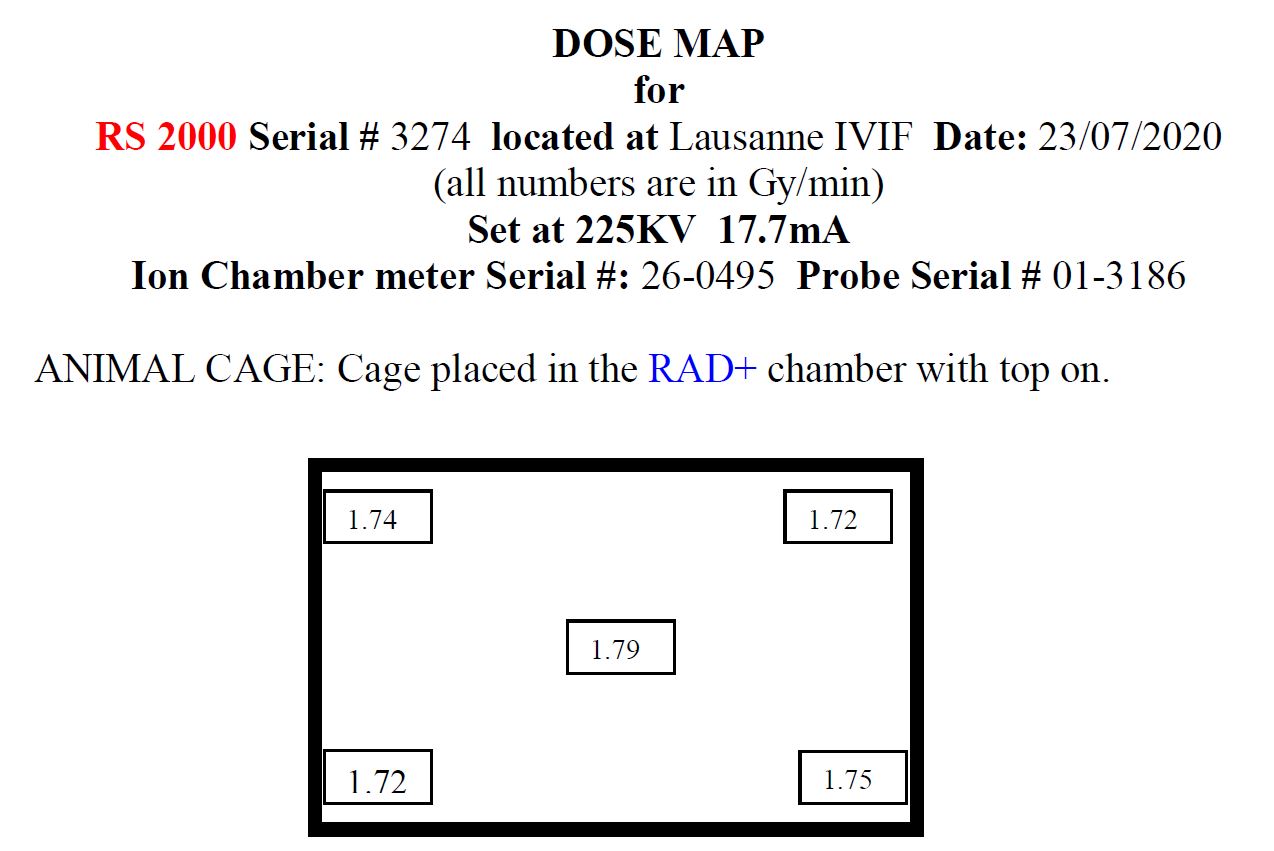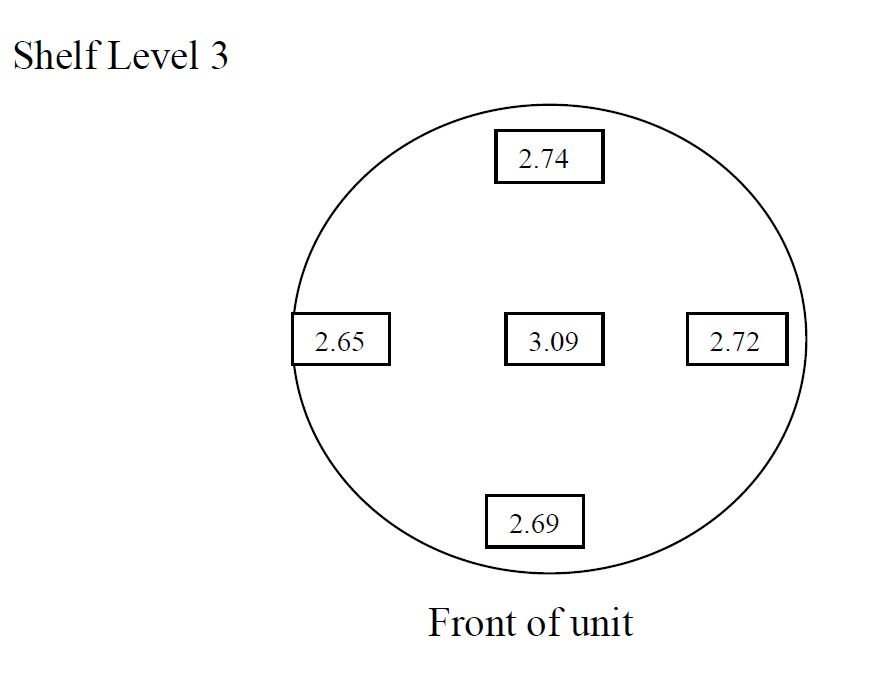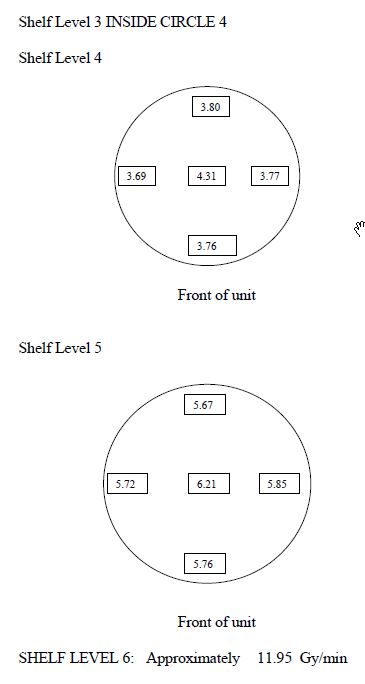20th of July
Dear Users,
Following up on the issue of the RS2000, we will replace the high tension cable and the X-Ray tube of the RS2000 this Thursday 23rd of July. The intervention will last a day and we will keep you updated on post-maintenance test so that you can come back to your normal routine on the irradiator. Sorry again for the inconvenience.
For people that didn’t move yet from the old Ceasium irradiator to the RS2000, please be aware that the RS-2000 is able to replace the Ceasium irradiator for mice and cells and that the irradiation on the RS-2000 is even higher and such shorter than to the Ceasium one. Moreover, it is also safer as it is not a permanent source of radiation. X-rays are emitted only when the intrument is ON.
—-
June 2020–
Dear IVIF users,
The RS2000 irradiator has been repaired but still requires the change of expensive parts. We can not guarantee any fault.
Indeed the reparation has been performed by ourselves as the technician in charge of the irradiator is still not able to travel.
The issue was the formation of an electrical arc at the cable linking the generator to the X-ray tube. We managed to clean up the cable and apply high tension grease to it for insulation. We could run a warm up and an exposure test. We are still waiting for the technician to come back to us to replace the defective parts.
Meanwhile and to play safe, we have set a threshold of 160 kV instead of 225 kV. This means that the dose rate is lower than usual ( 1.08 Gy/min and not 1.8 Gy/min). Please take this value into account for your future experiments. Please report to us any issue on the instrument and do not hesitate to ask for help or replacement on the Ceasium iraadiator
Thank you for your patience.




